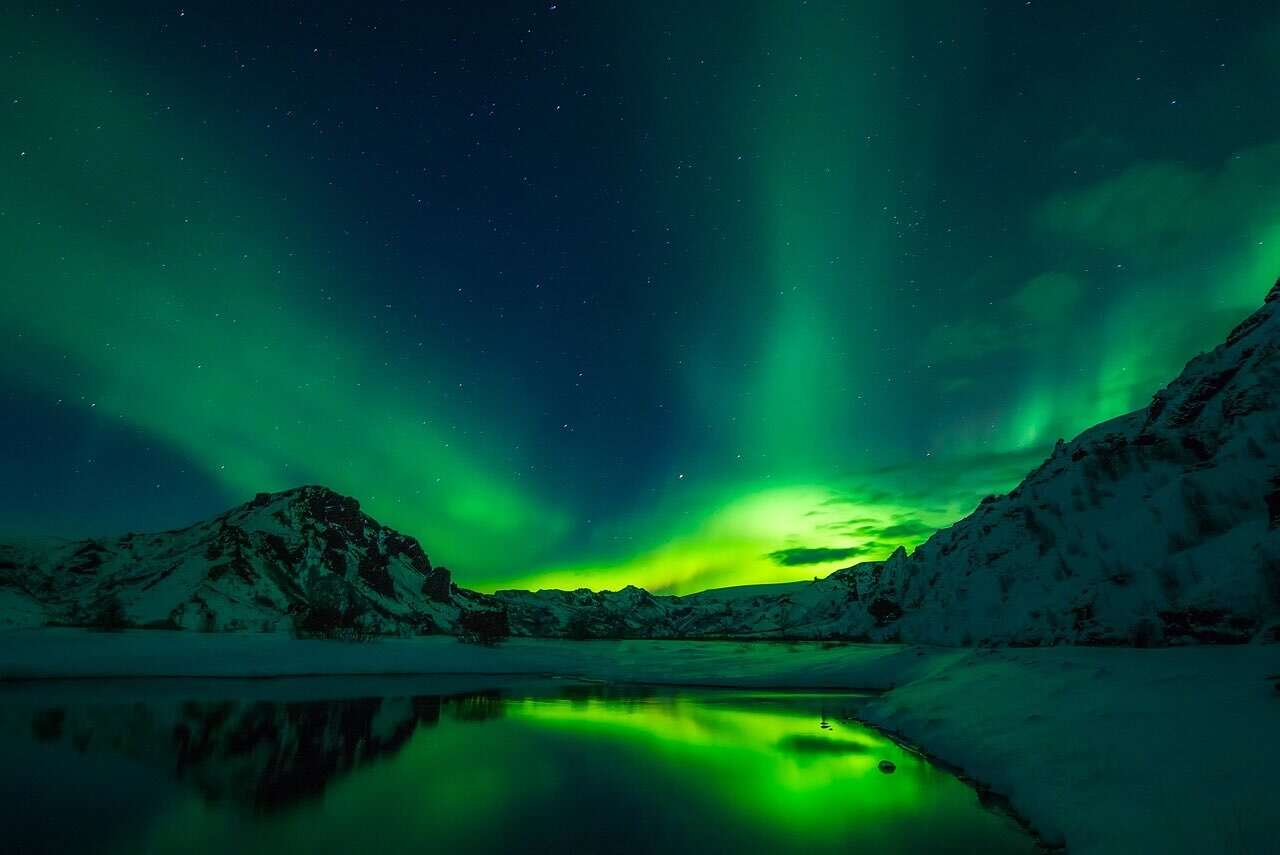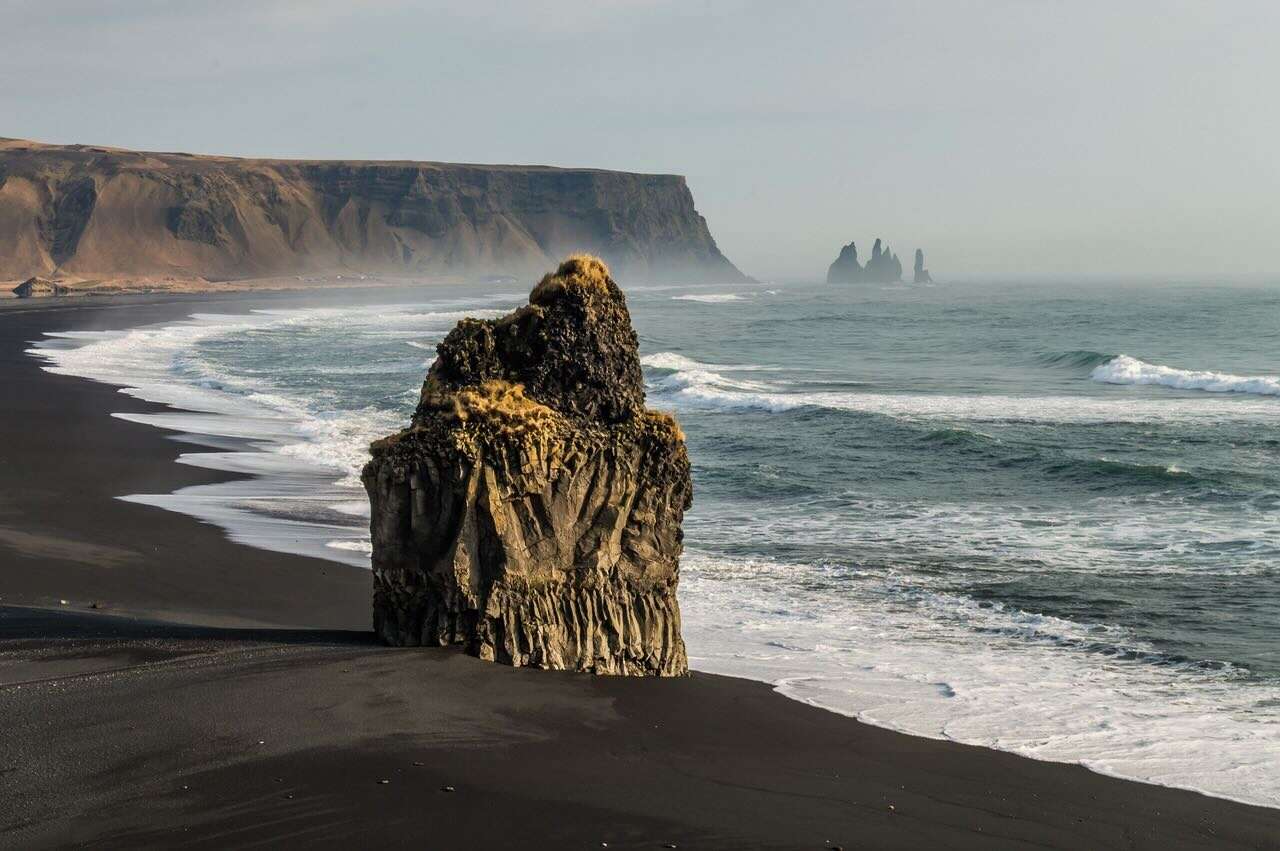These books about Iceland, a land of fire and ice, where glaciers meet volcanoes and the midnight sun dances with the northern lights, show the country perfectly.
Nestled in the North Atlantic Ocean, this remote island nation is a place of breathtaking natural beauty, rich cultural heritage, and literary traditions that date back centuries.
From the ancient sagas that chronicle the exploits of Viking heroes to contemporary works that explore the soul of modern society, books about Iceland offer you a window into a world both enchanting and enigmatic.
Books About Iceland
Whether you’re seeking epic tales of exploration, poetic reflections on the landscape, or insightful glimpses into the lives of its people, these books about Iceland will give you that.
Not surprisingly, given the historical connection between Iceland and the Vikings, there are some historic Viking-related books here, but also contemporary ones looking at modern Iceland and their culture.
If you’re planning a trip to Iceland you can find hotels in Reykjavik here.
Independent People by Halldór Laxness
Written by Halldór Laxness, Independent People was first published in 1934 and is considered one of the most significant works in Icelandic literature and a must-read out of all these books about Iceland.
The novel is set in rural Iceland during the early 20th century and tells the story of Bjartur, a stubborn and independent sheep farmer, as he struggles to achieve his dream of owning his own piece of land and achieving self-sufficiency.
The novel explores themes of isolation, self-reliance, and the harsh realities of rural life in Iceland. Bjartur’s character is a complex one, as his determination to be independent often leads to personal sacrifices and conflicts with his family.
The novel also delves into the socio-economic and political changes taking place in Iceland during this period. It’s known for its vivid descriptions of the Icelandic landscape and its rich character development.
It has been translated into numerous languages and has received international acclaim, including the Nobel Prize in Literature awarded to Halldór Laxness in 1955.
How Iceland Changed the World: The Big History of a Small Island by Egill Bjarnason
How Iceland Changed the World: The Big History of a Small Island was published in 2016 and provides an engaging exploration of the historical and cultural significance of Iceland.
The book covers a wide range of topics, including Iceland’s geological formation, its Viking heritage, the establishment of the Althing (one of the world’s oldest parliamentary institutions), the literary legacy of sagas, the country’s struggle for independence, and its modern contributions to global culture and technology.
Through a series of interconnected stories and narratives, Bjarnason argues that Iceland’s history and culture have had a surprisingly profound impact on the world, given its small population and remote location.
He explores how Iceland’s unique history and traditions have influenced everything from literature and politics to technology and environmental conservation.
Out of all the books about Iceland, this is a great overall one on the country to read and a personal favourite of Backpackingman.

Iceland’s Bell by Halldór Laxness
Iceland’s Bell (original Icelandic title: “Íslandsklukkan”) is another significant novel by Halldór Laxness. It was first published in 1943. Like many of Laxness’s works, “Iceland’s Bell” explores the history, culture, and social issues of Iceland in a richly detailed and evocative manner.
The novel is set in the 17th century, a turbulent period in Icelandic history marked by political and religious conflicts, foreign rule, and harsh living conditions. The story revolves around the character Jon Hreggvidsson, a wandering pauper who is wrongly accused of murder.
His journey through Iceland, along with other colourful characters he encounters, serves as a means to depict the challenges and struggles faced by the Icelandic people during this era.
The novel is considered one of Laxness’s masterpieces and has been translated into several languages.
The Sagas of Icelanders by Various Authors
The Sagas of Icelanders, often referred to as the “Íslendingasögur” in Icelandic, are a collection of medieval narratives that provide a detailed and vivid account of the history, culture, and society of Iceland during the Viking Age and the early Middle Ages.
These sagas were written in the 13th and 14th centuries, although they are set in earlier periods, primarily the 9th to the 11th centuries.
Unlike the more mythical and legendary sagas found in other parts of Scandinavia, the Sagas of Icelanders are known for their realism. They depict everyday life, feuds, legal disputes, and personal relationships, making them valuable sources for understanding the social and legal systems of medieval Iceland.
There are two main categories of sagas: the Sagas of the Icelanders (Íslendingasögur), which primarily focus on the lives and conflicts of Icelandic families, and the Kings’ Sagas (Konungasögur), which chronicle the history of Scandinavian kings.
The sagas are set against the backdrop of Iceland’s settlement, conversion to Christianity, and the shift from a pagan to a Christian society. They also provide insights into the exploration of new lands, including Greenland and Vinland (North America).
The Sagas of Icelanders have had a profound influence on Icelandic literature and culture. They continue to be studied, translated, and adapted in various forms to this day. This is one of the most classic books about Iceland to read.

Names for the Sea: Strangers in Iceland by Sarah Moss
Names for the Sea: Strangers in Iceland is a memoir by British author Sarah Moss. In this book, Moss reflects on her experiences as she and her family move to Iceland for a year.
It’s a personal narrative that explores her encounters with Icelandic culture, society, and the challenges of adapting to life in a foreign land.
“Names for the Sea” provides you with a firsthand account of what it’s like to live in Iceland, including the challenges of learning the Icelandic language and integrating into the local community.
Moss offers observations on Icelandic culture, customs, and traditions, shedding light on the uniqueness of Icelandic society and its contrasts with her own British background.
The book also delves into Iceland’s stunning natural landscapes and the beauty of the country’s wilderness, as well as the impact of the harsh Icelandic climate on daily life. This is one of the best books about Iceland for a travel-memoir style.
The Little Book of Icelanders in the Old Days by Alda Sigmundsdóttir
The Little Book of Icelanders in the Old Days is a book by Alda Sigmundsdóttir, an Icelandic author and blogger known for her writings about Iceland and its culture.
Published in 2012, this book offers insights into the history, customs, and quirks of Icelandic society from a historical perspective, particularly focusing on earlier times.
The book delves into various aspects of Icelandic culture and society, providing you with a glimpse into the customs, traditions, and way of life of Icelanders in the past.
It’s rooted in historical research and references, drawing from primary sources and historical accounts to paint a picture of what life was like in Iceland during earlier centuries.
The author’s writing style is known for its humour and wit, making this book on Iceland an engaging and entertaining read as it explores sometimes quirky and peculiar aspects of Icelandic culture.
Burial Rites: A Novel by Hannah Kent
Burial Rites is a historical novel first published in 2013. It is based on a true story and is set in Iceland in the 1820s. The novel tells the story of Agnes Magnúsdóttir, the last woman to be executed in Iceland.
Agnes Magnúsdóttir was convicted of murdering two men and setting their farm on fire. She is sent to a remote farm to await her execution. While there, she is placed in the custody of a family who are initially reluctant to take her in.
As Agnes awaits her fate, she forms a complex and transformative relationship with the family members and the local priest who is tasked with preparing her for her execution.
The novel explores themes of isolation, injustice, and the human capacity for change and redemption. It is beautifully written and has received critical acclaim for its vivid portrayal of the harsh Icelandic landscape and its compelling characters.

Secrets of the Sprakkar: Iceland’s Extraordinary Women and How They Are Changing the World by Eliza Reid
Secrets of the Sprakkar: Iceland’s Extraordinary Women and How They Are Changing the World was published in 2020. The word “Sprakkar” in the title is an Icelandic term that can be roughly translated to “strong women” or “brave women.”
The book focuses on the stories of remarkable Icelandic women who have made significant contributions to various fields and have had a positive impact on society both in Iceland and beyond.
The author profiles a diverse group of women, including politicians, artists, activists, scientists, and entrepreneurs, highlighting their achievements and the challenges they have faced along the way.
Secrets of the Sprakkar not only celebrates the accomplishments of these women but also explores the broader themes of gender equality, women’s rights, and the unique cultural and social factors that have contributed to Iceland’s reputation for gender parity.
Iceland is often cited as one of the world’s leaders in gender equality, and the book delves into the historical and cultural aspects that have played a role in shaping this status.
The Little Book of Tourists in Iceland by Alda Sigmundsdóttir
Another book by Alda Sigmundsdóttir, The Little Book of Tourists in Iceland, this one provides an insightful and humorous look at the impact of tourism on Iceland from the perspective of an Icelander.
It explores the rapid increase in tourism to Iceland in recent years and the various ways in which it has affected the country, its culture, and its people. Alda Sigmundsdóttir offers her observations, anecdotes, and advice for tourists visiting Iceland, all while sharing her love for her homeland.
This is one of the better books about Iceland to get a better understanding of Icelandic customs, traditions, and etiquette, as well as to encourage responsible and respectful tourism. It also sheds light on some of the challenges and opportunities that have arisen as a result of Iceland’s growing popularity as a tourist destination.

The Far Traveler: Voyages of a Viking Woman by Nancy Marie Brown
The Far Traveler: Voyages of a Viking Woman was published in 2007 and is a non-fiction biographical account that explores the life and adventures of a remarkable Viking woman named Gudrid Thorbjarnardóttir.
Gudrid Thorbjarnardóttir, a Viking woman who lived during the 10th and 11th centuries, was known for her extensive travels, which took her from her native Iceland to places like Greenland and North America.
Nancy Marie Brown blends historical research with narrative storytelling to reconstruct Gudrid’s life and times. She draws upon medieval sagas and archaeological evidence to provide a detailed and historically accurate portrait of this remarkable woman.
Through the book, you gain an understanding of Gudrid’s character, her resilience, and her role as a key figure in the Viking exploration of the North Atlantic. Her story challenges the traditional gender roles of her time.
One Extra: The Nordic Baking Book by Magnus Nilsson

I’ve tapped The Nordic Baking Book at the end here as one extra because technically it’s not just about Iceland but includes all the Nordic countries.
It’s also technically not about the countries themselves but rather famous recipes for food from these countries, so if you want to have a go at cooking Icelandic food and other Nordic foods, then this is a good book to get.
Travel Guidebooks For Iceland
There are many good travel guides for Iceland with these being some of the best.
Rick Steves Iceland is not only one of the best guidebooks for the country but could even be considered one of the best books about Iceland in its own right due to his in-depth observations.
Lonely Planet Iceland is a standard of the guidebooks for Iceland and gives good overall practical information for visiting.
Iceland Bradt Travel Guides is one of the better guidebooks you can get. They are a smaller independent guidebook company from the U.K. that gives great advice and knowledge for Iceland. On a personal note, Backpackingman regularly uses Bradt Travel Guides.
Iceland
These books about Iceland cover a range of topics related to Iceland, from its literature and history to its natural beauty and people.
Whether you’re interested in sagas, contemporary life, or the country’s unique culture, there’s something on this list for you.
If you’re planning a trip to Iceland you can find hotels in Reykjavik here.
Iceland really is one of the most magnificent countries in the world that you can visit.
For more on Iceland take a look at the 10 best documentaries about Iceland to watch.
Share the best books about Iceland:





